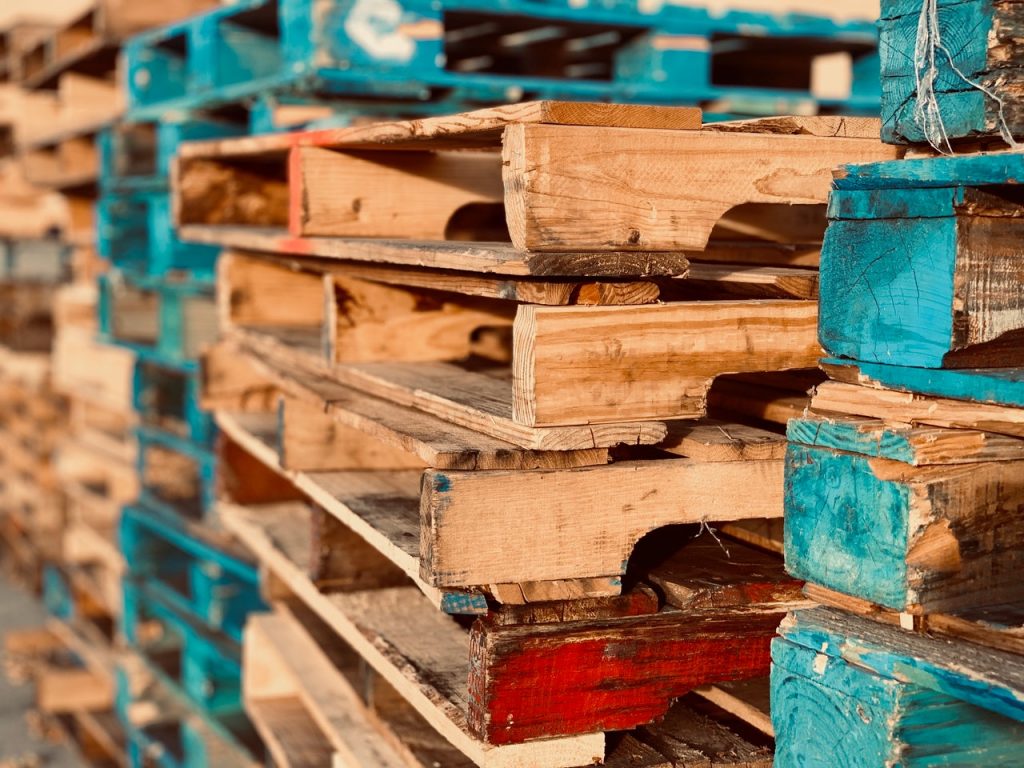Liquidation merchandise often comes from a couple of sources. When a business is closing, it will frequently sell its remaining products, office supplies, and other goods in liquidation auctions. These goods are typically sold at a significant discount, and major retailers may buy them to resell for profit. Closing businesses may also sell their liquidation pallets to well-known resellers, as they’re more likely to sell their goods this way.
Liquidation pallets are also frequently made up of items customers returned. This may be because they were defective in some way, but returns are often new products that customers exchanged for refunds. Big-name retailers are the most common sellers of return products since they need to get excess inventory out of their warehouses as soon as possible. Return pallets can include virtually any kind of products from appliances and home decor to office supplies or toys. Whether you’re an individual reseller or looking to base a larger business around reselling, it can certainly be profitable. Here are some best practices to follow.
Find Reputable Distributors

As a buyer of liquidated goods, you’ll generally get your products from wholesalers. These are companies that can ship truckloads of pallets to you so you can resell the contents. Unfortunately, you can’t realistically expect all pallets to arrive in perfect condition, but you do need to avoid being scammed.
One of the best ways to find a good distributor is by contacting a retailer who carries products you’re interested in reselling. Ask them what wholesalers they send customer returns or excess items to, and they may lead you to a good partner. It’s also worthwhile to contact all known wholesalers in your local area. Even if you can’t get the best deals from them, they may be able to provide other services, like pointing you toward online auctions where you can place cheap bids for pallets.
Another benefit of placing bids in local auctions is that the truckloads of pallets won’t have far to ship. Even if the distributor offers free shipping, you’ll still have to pay fees for unloading and transporting everything to your warehouse. Having pallets shipped from TX to MA, for example, may not do you much good.
Always Request a Manifest
Any reputable supplier should include a detailed shipping manifest that describes the contents of pallets and lists the original retail price of each product. This information makes it easier to know what you’re getting and to calculate the ext. the retail price you should charge for each piece of merchandise. Having a manifest may seem like common sense, but there are still unmanifested pallets being sold every day, and it’s best not to place bids on them.
Use Effective OKRs

Objectives and key results (OKR) is a framework created by Andy Grove, co-founder of Intel, that was further popularized when John Doerr introduced it to Google. The OKR process is a method of communicating company strategy effectively and ensuring effective goal setting. The benefits of this framework include increased focus, improved employee engagement, and ensured alignment with company values. OKRs can be broken down into two main components.
Objectives: These are the main company goals that you’ll try to meet by the end of the quarter or the year depending on how big they are. They could include things like increasing sales, finding more leads, or offering better customer service. Objectives should be easily understood, and you’ll generally want to focus on just a few at a time.
Key Results: These are how you measure your progress toward your objectives. If one of your objectives was to find 50 new sales leads by the end of the quarter, and your sales team had found 20 by the end of the first month, then you would be on track for completing that objective. If your key results indicate you’re achieving objectives easily, it’s time to set more ambitious goals.
OKRs help your business operate more efficiently, and you can see substantial growth after you start tracking them.





